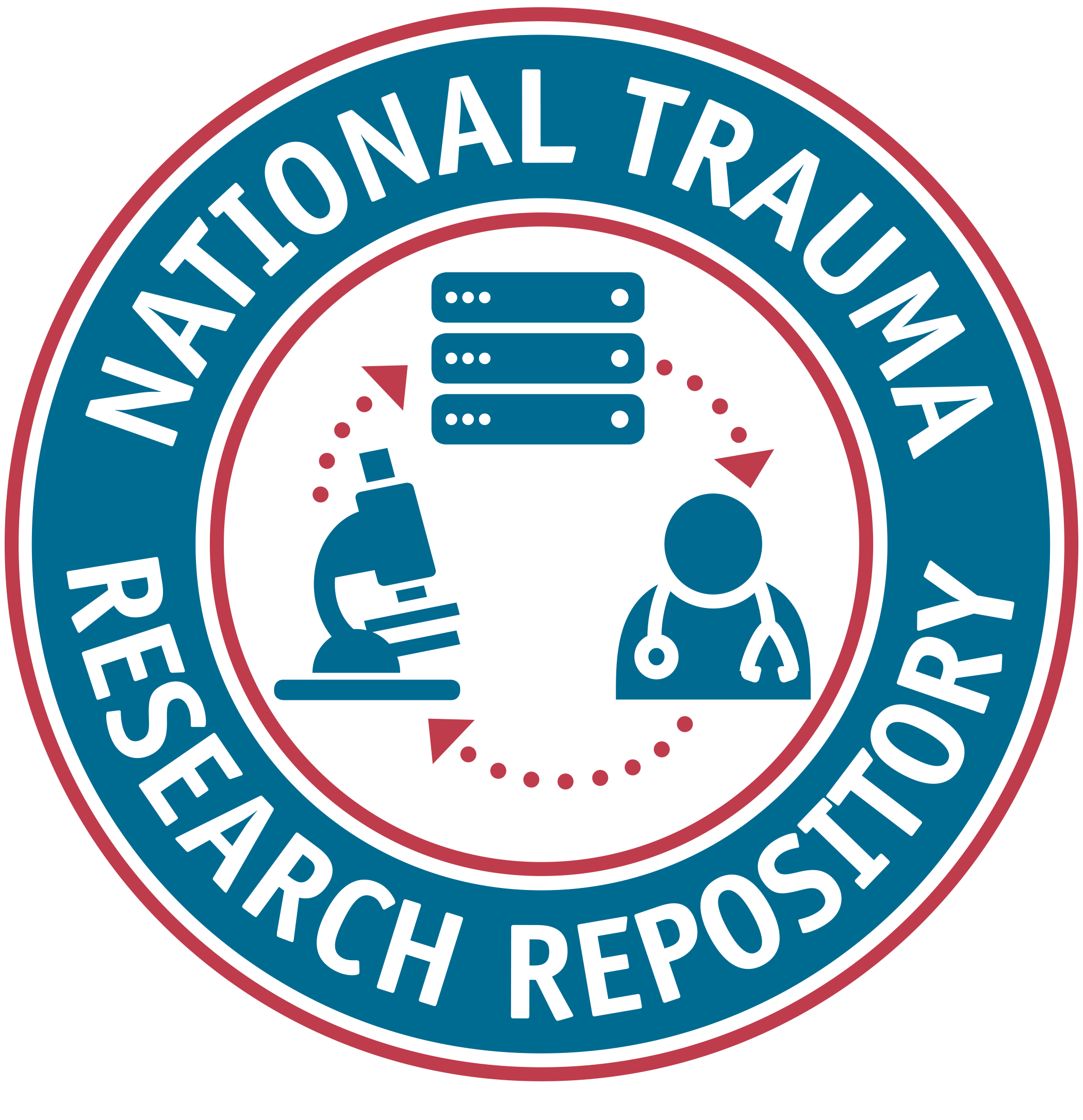Listed below are the details for the data element.
FITBIR
1.18
Element Type
Common Data Element
Loss of consciousness duration range
LOCDurRang
Short Description
The range of duration of loss of consciousness the participant/subject experienced
Definition
The range of duration of loss of consciousness the participant/subject experienced
Notes
Creation Date
Historical Notes
Loss of consciousness duration range
References
Menon D.K., Schwab K., Wright D.W., Maas A.I. (2010). Demographics and Clinical Assessment Working Group of the International and Interagency Initiative toward Common Data Elements for Research on Traumatic Brain Injury and Psychological Health. Position statement: definition of traumatic brain injury. Arch Phys Med Rehabil. 91(11): 1637-40. DOI: 10.1016/j.apmr.2010.05.017
Carroll L. J., Cassidy J. D., Holm L., Kraus J., Coronado V. G. (2004). Methodological issues and research recommendations for mild traumatic brain injury: the WHO Collaborating Centre Task Force on Mild Traumatic Brain Injury. Journal of Rehabilitation Medicine, (Suppl. 43), 113-125.
Center for Disease Control and Prevention. (2003). Report to Congress on mild traumatic brain injury in the United States: Steps to prevent a serious public health problem. Atlanta: Centers for Disease Control and Prevention.
Department of Veterans Affairs Office of Quality and Performance and Department of Defense Quality Management Directorate, U.S. Army Medical Command. (2009). VA/DoD clinical practice guidelines for management of concussion/mild traumatic brain injury. (www.healthquality.va.gov/mtbi/concussion_mtbi_full_1_0.pdf).
Mild Traumatic Brain Injury Committee, A. C. o. R. M., Head Injury Interdisciplinary Special Interest Group. (1993). Definition of mild traumatic brain injury. Journal of Head Trauma Rehabilitation, 8(3): 86-87.
American Academy of Pediatrics. (1999). The management of minor closed head injury in children. Pediatrics 104: 1407-1415.
World Health Organization. (1992). The ICD-10 classification of mental and behavioral disorders: clinical descriptions and diagnostic guidelines. Geneva: World Health Organization.
Yeates K.O. & Taylor H.G. (2005). Neurobehavioural outcomes of mild head injury in children and adolescents. Pediatric Rehabilitation, 8(1): 5-16.
Ruff R.M., Iverson G.L., Barth J.T., Bush S.S., Broshek D.K., and the NAN Policy and Planning Committee (2009). Recommendations for Diagnosing a Mild Traumatic Brain Injury: A National Academy of Neuropsychology Education Paper. Archives of Clinical Neuropsychology 24: 3-10.
Data Type
Alphanumeric
Input Restrictions
Single Pre-Defined Value Selected
Population
Adult and Pediatric
Guidelines/Instructions
Choose one. Response is obtained from report by subject/participant or clinician. If clinically monitored, GCS or other assessment tool recommended.
Preferred Question Text
Range of duration of loss of consciousness (LOC)
Category Groups and Classifications
| Disease | Domain | Sub-Domain |
|---|---|---|
| Traumatic Brain Injury | Assessments and Examinations | Physical/Neurological Examination |
| General (For all diseases) | Assessments and Examinations | Physical/Neurological Examination |
Classification
Traumatic Brain Injury:
Core
Moderate/Severe TBI: Rehabilitation
Acute Hospitalized
Concussion/Mild TBI
Epidemiology
General (For all diseases):
Supplemental
Keywords
Injury_History
LOC_see_also
TAUG_TBI
See_also
Knowledge_graph
Labels





